It would be hard to imagine living without heating during the winter. We’ve long grown used to the luxury of having hot air pumped into our homes to counter winter’s chill. But as much as we love our central heating, these systems often aren’t as perfect as we’d like. In older homes, especially ones with high ceilings, HVAC heating systems can often be rather inefficient. On top of the energy waste, this means that some rooms may still be quite chilly during the cold winter months.
Showers are a great example of this; exposed tiles and ceramics remain quite cold even when the heating is switched on — and sometimes even in the summer. This can be pretty unpleasant, especially if you’re used to stepping into your shower early in the mornings. We may all be unique individuals with our own bespoke tastes and preferences, but we all hate stepping on icy cold tiles with bare feet.
But fear not, for technology has yielded a solution to our frigid shower floor woes: radiant floor heating. Also called an “in-floor heating system”, radiant heat is a luxurious solution to a universal problem. Radiant heating has become a pretty popular feature in the real estate market, so you could stand to increase your home’s value by installing it. After all, who doesn’t like the sound of heated bathroom floors, or even a heated shower bench?
But while the idea of radiant heating may sound pretty, the question remains: is radiant shower floor heating right for you? To answer this question, let’s start with how radiant floor heating works.
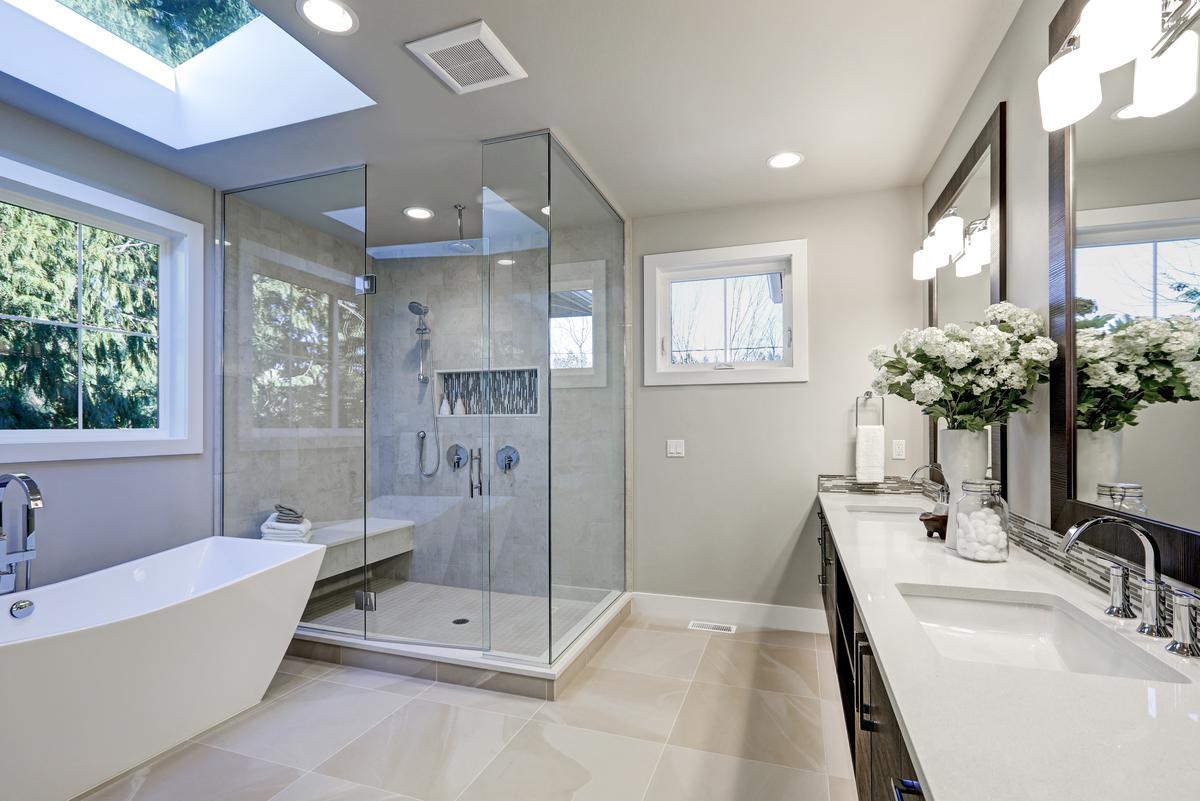
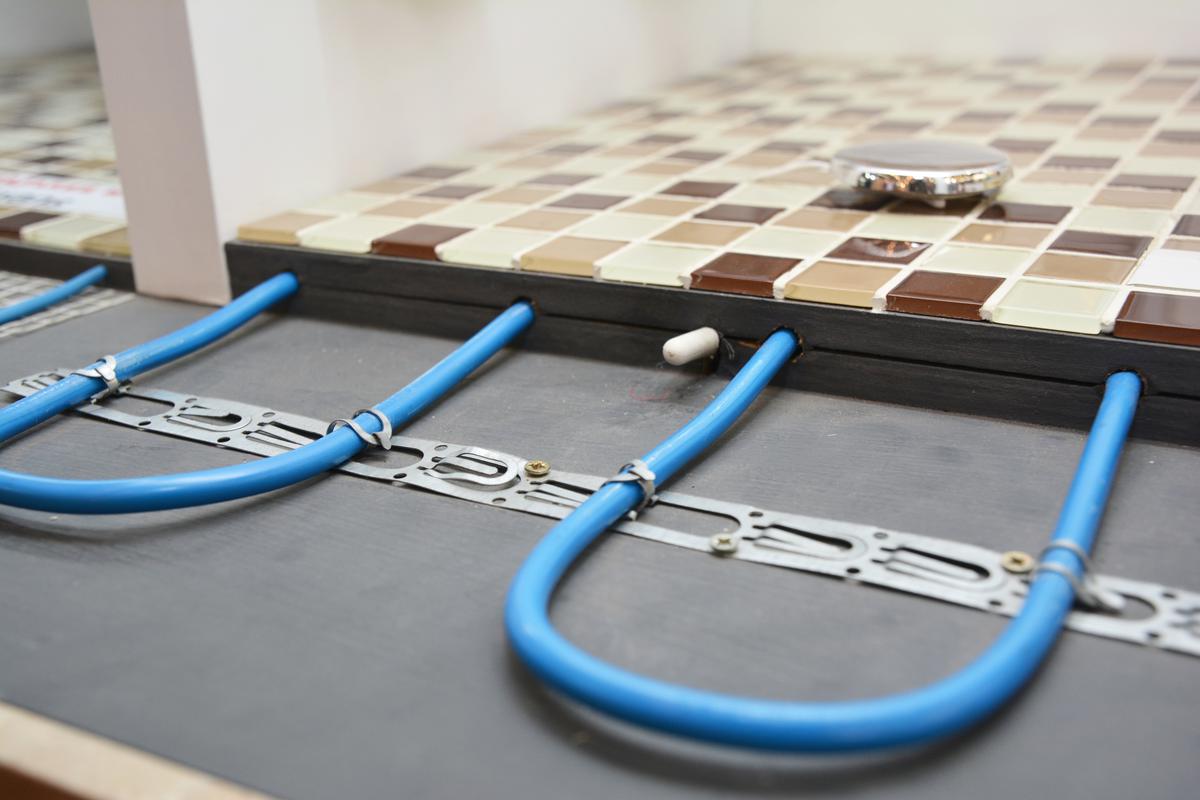
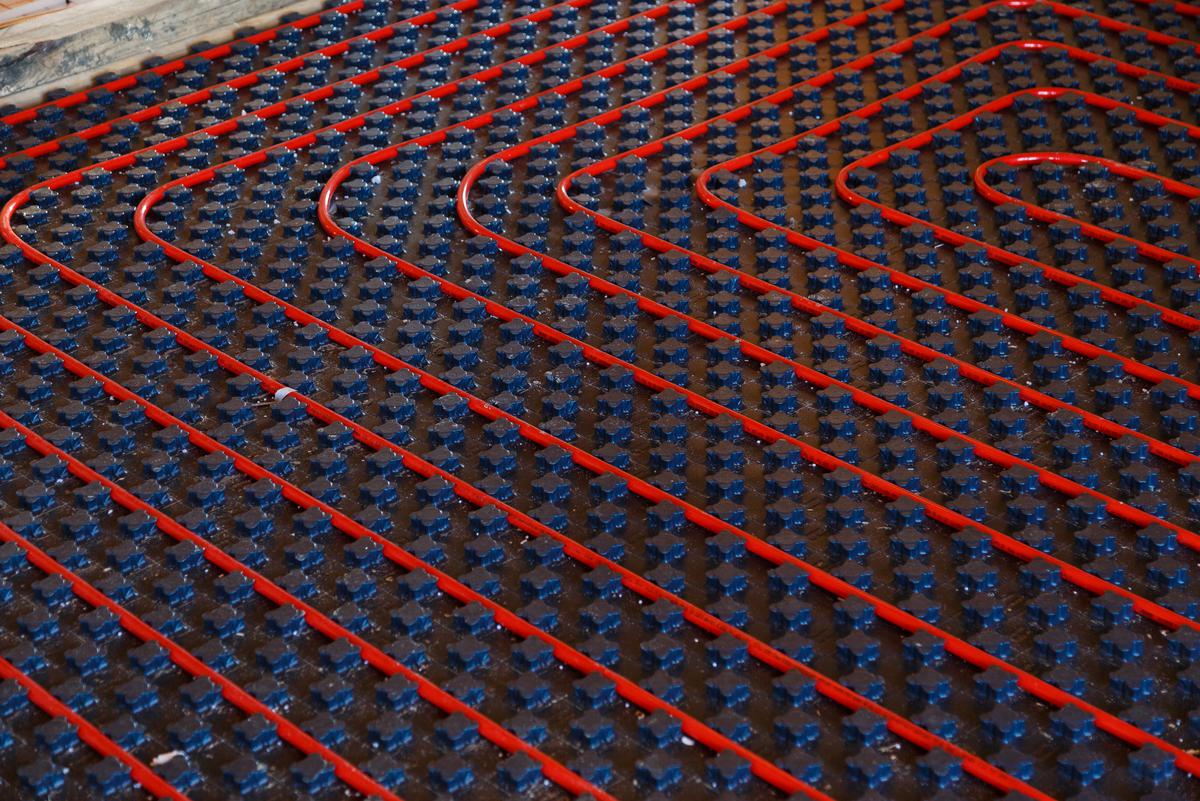
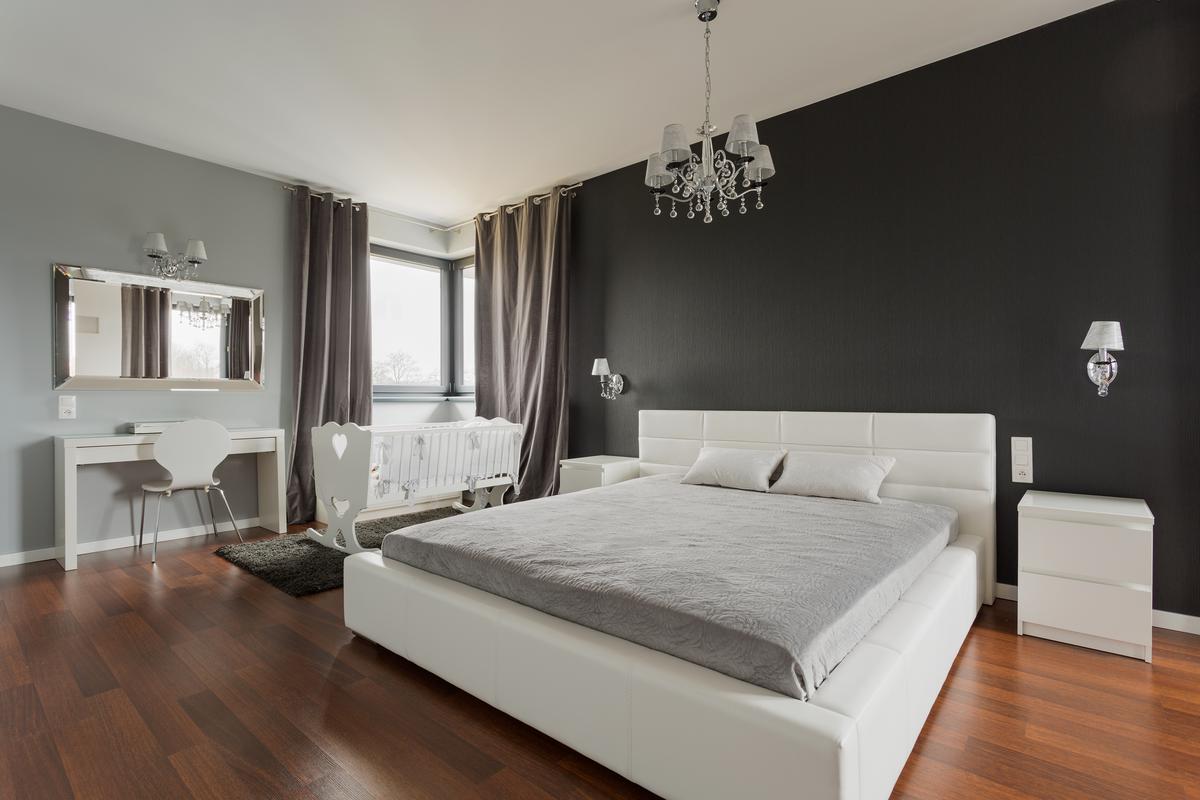
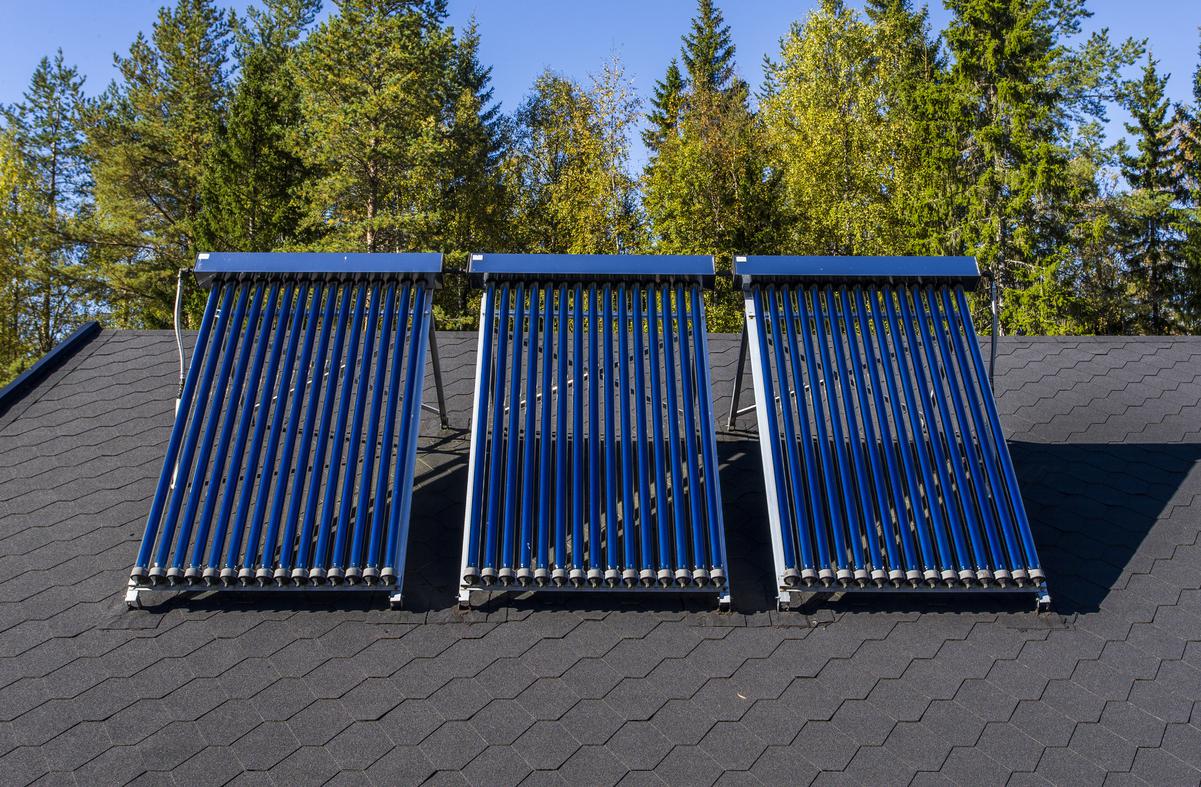

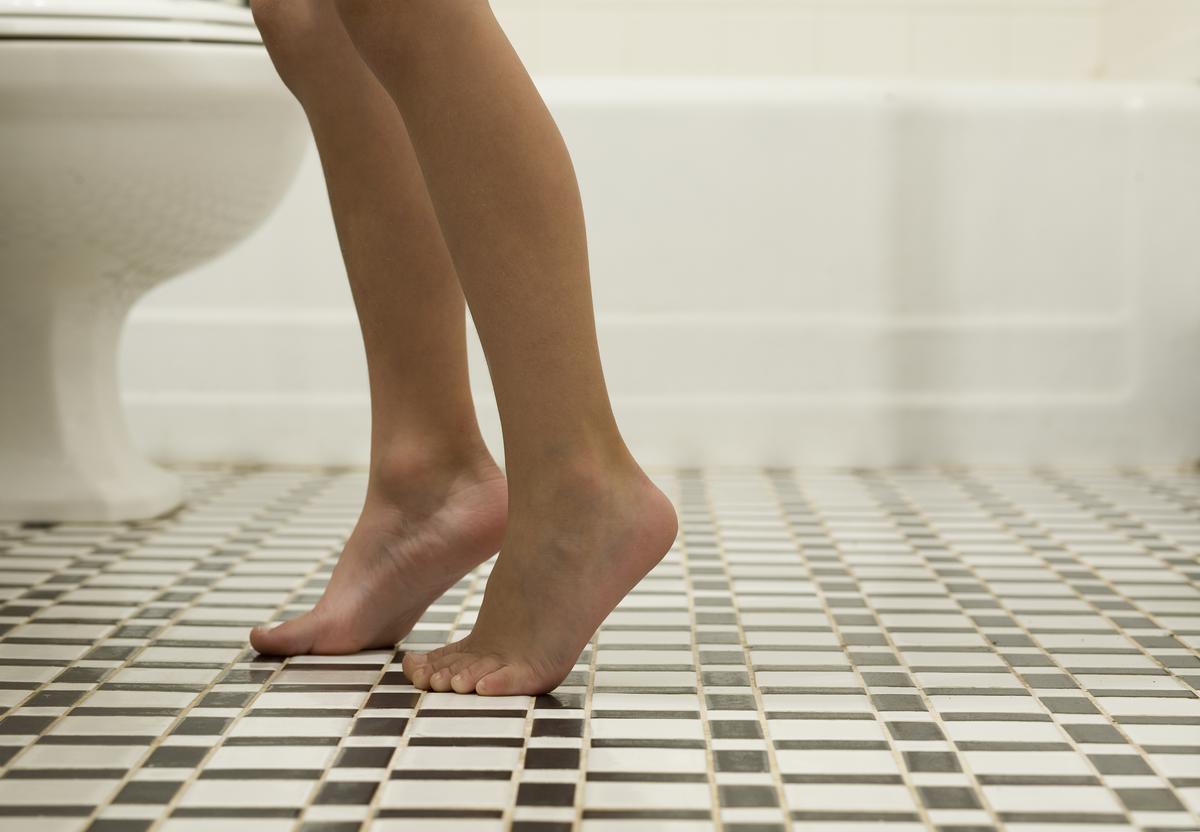

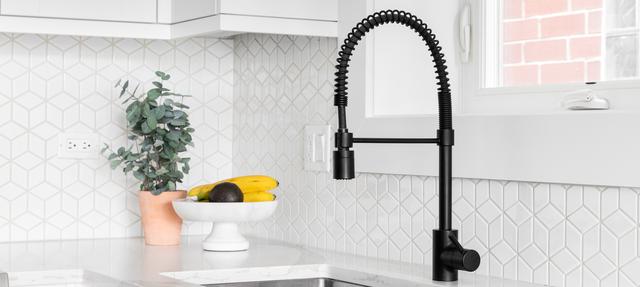
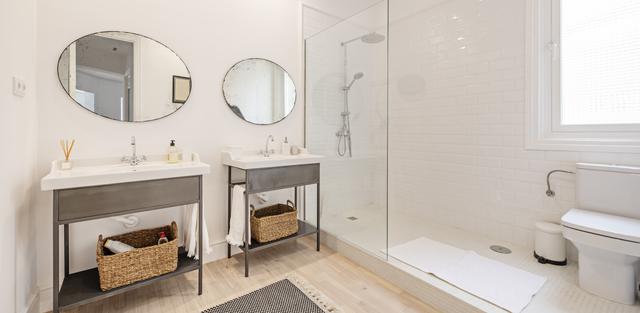

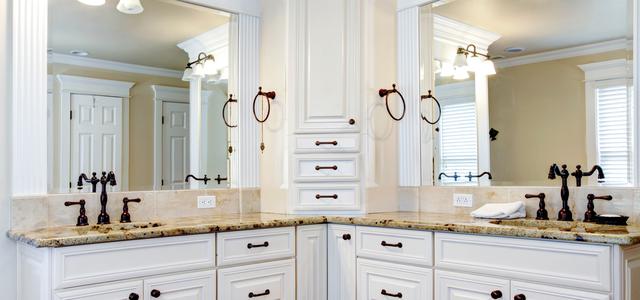
comments